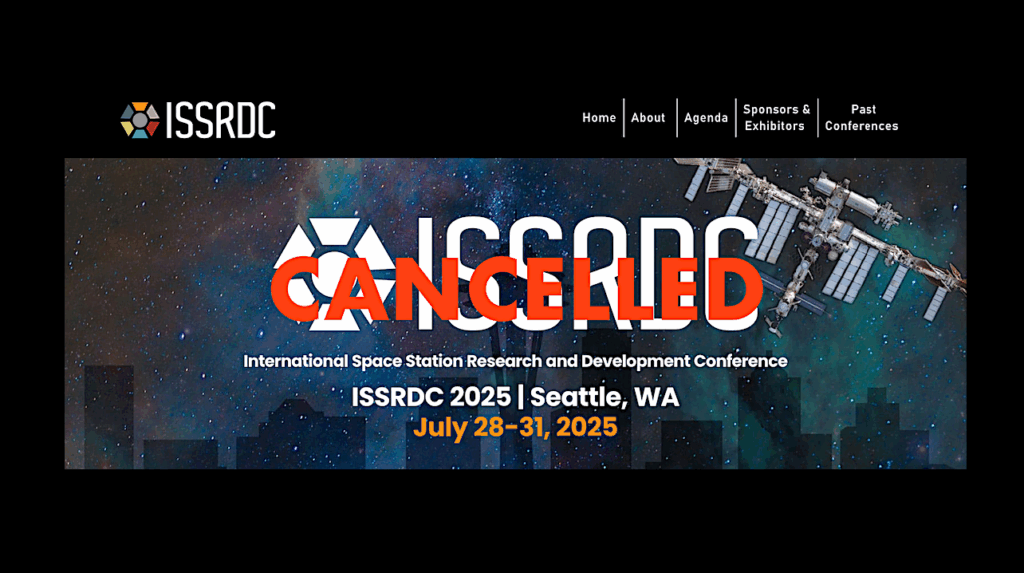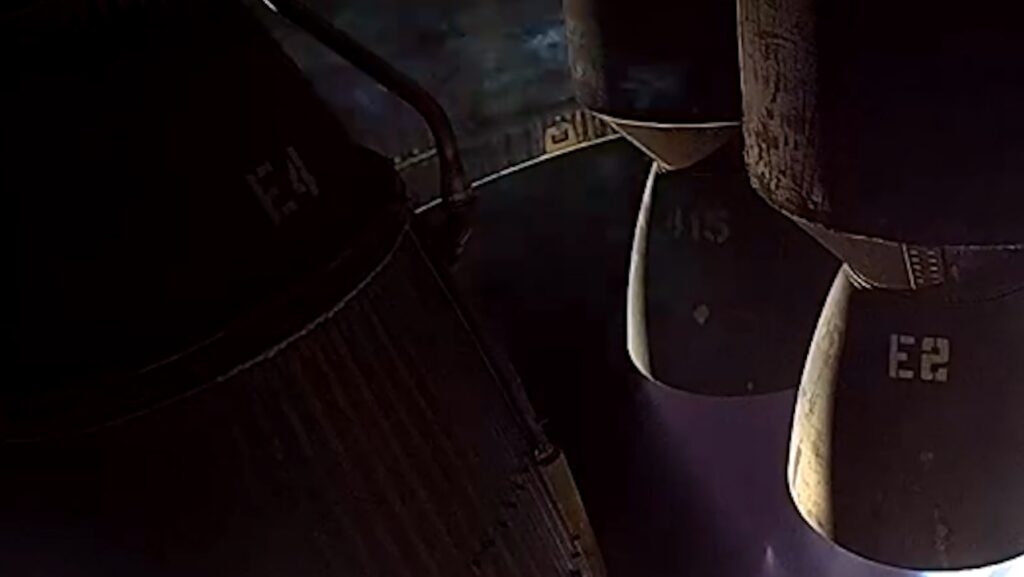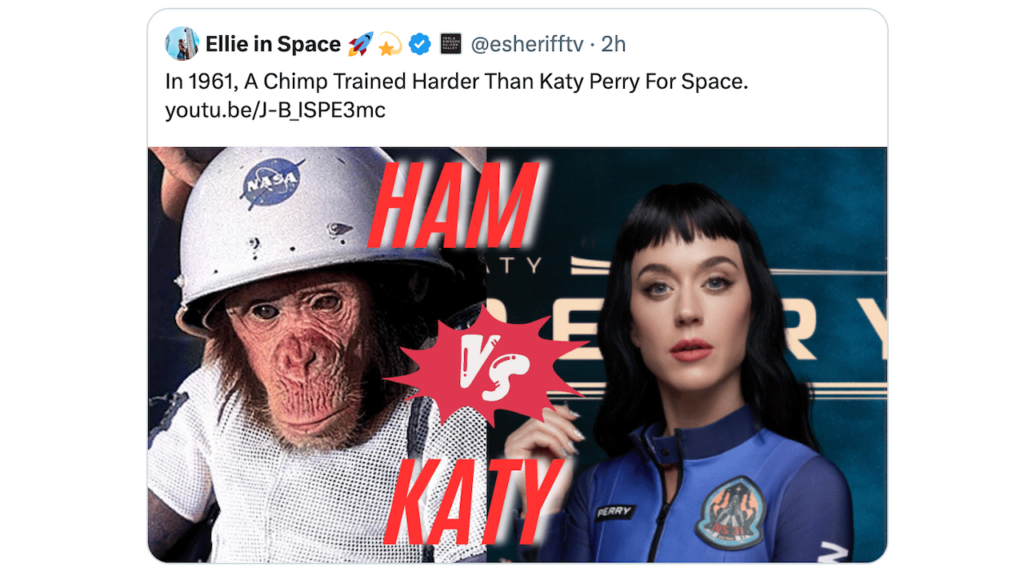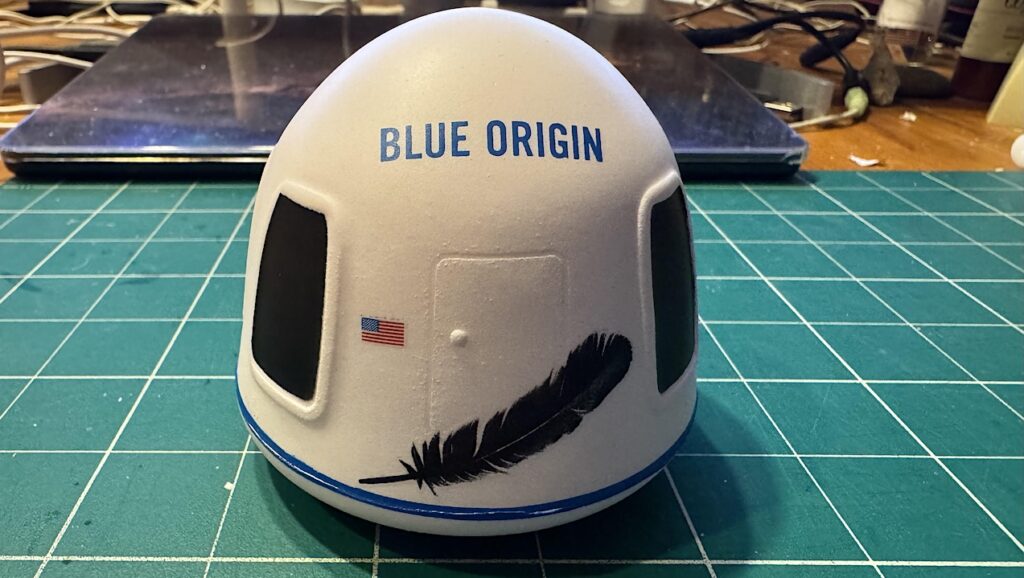NASA KSC ITAR Run Amok

 Editor’s update: Note from the originator of this USENET thread: “Just got off the phone with the Export Control compliance guy from GD/NASA-KSC. There is *not* an ITAR issue with the stuff I’ve listed on my website He also pointed out that GD is *not* trying to censor Saturn V stuff. Whoever did that previously, it is NOT General Dynamics.”
Editor’s update: Note from the originator of this USENET thread: “Just got off the phone with the Export Control compliance guy from GD/NASA-KSC. There is *not* an ITAR issue with the stuff I’ve listed on my website He also pointed out that GD is *not* trying to censor Saturn V stuff. Whoever did that previously, it is NOT General Dynamics.”
 Editor’s update: Slashdot readers are having fun with this topic.
Editor’s update: Slashdot readers are having fun with this topic.
Saturn V pictures are now ITAR Controlled, Sci.Space.History
“But then I got this message from a contact who worked at KSC: “However, just before we left KSC, a guy from the NASA Export Control Office (which is run by some contractor, maybe Analex?) came by our office on an “inspection” and told us we had to take down all the Saturn V drawings we had around … now, these were just old NAA public relation drawings, plus a few commercially-purchased posters showing the Saturn V internals in very rough detail. He said they were all covered by ITAR and therefore had to be locked up! We kept telling him some were purchased at the Visitor Center Gift Shop, but he did not care. He ended up coming around with an armed security cop until we took them down and shredded them.”
 Editor’s note: Check out all of this ITAR-violating goodness at MSFC. And this report online at Astronautix.com probably means a life sentence in prison for someone if the KSC ITAR Cops have their way. Meanwhile, I guess they will have to throw big bags over the restored (and publicly accessible) Saturn V’s on display at JSC, MSFC, and KSC.
Editor’s note: Check out all of this ITAR-violating goodness at MSFC. And this report online at Astronautix.com probably means a life sentence in prison for someone if the KSC ITAR Cops have their way. Meanwhile, I guess they will have to throw big bags over the restored (and publicly accessible) Saturn V’s on display at JSC, MSFC, and KSC.
The following International Traffic In Arms Regulations regulations lay out what is not covered under ITAR controlled information. Be thinking about 40 year old Apollo program infomration – and how widely it has been distributed – as you read this:
120.11 — Public domain.
Public domain means information which is published and which is generally accessible or available to the public:
(1) Through sales at newsstands and bookstores;
(2) Through subscriptions which are available without restriction to any individual who desires to obtain or purchase the published information;
(3) Through second class mailing privileges granted by the U.S. Government;
(4) At libraries open to the public or from which the public can obtain documents;
(5) Through patents available at any patent office;
(6) Through unlimited distribution at a conference, meeting, seminar, trade show or exhibition, generally accessible to the public, in the United States;
(7) Through public release (i.e., unlimited distribution) in any form (e.g., not necessarily in published form) after approval by the cognizant U.S. government department or agency (see also 125.4(b)(13) of this subchapter);
(8) Through fundamental research in science and engineering at accredited institutions of higher learning in the U.S. where the resulting information is ordinarily published and shared broadly in the scientific community. Fundamental research is defined to mean basic and applied research in science and engineering where the resulting information is ordinarily published and shared broadly within the scientific community, as distinguished from research the results of which are restricted for proprietary reasons or specific U.S. Government access and dissemination controls. University research will not be considered fundamental research if:
(i) The University or its researchers accept other restrictions on publication of scientific and technical information resulting from the project or activity, or
(ii) The research is funded by the U.S. Government and specific access and dissemination controls protecting information resulting from the research are applicable.








